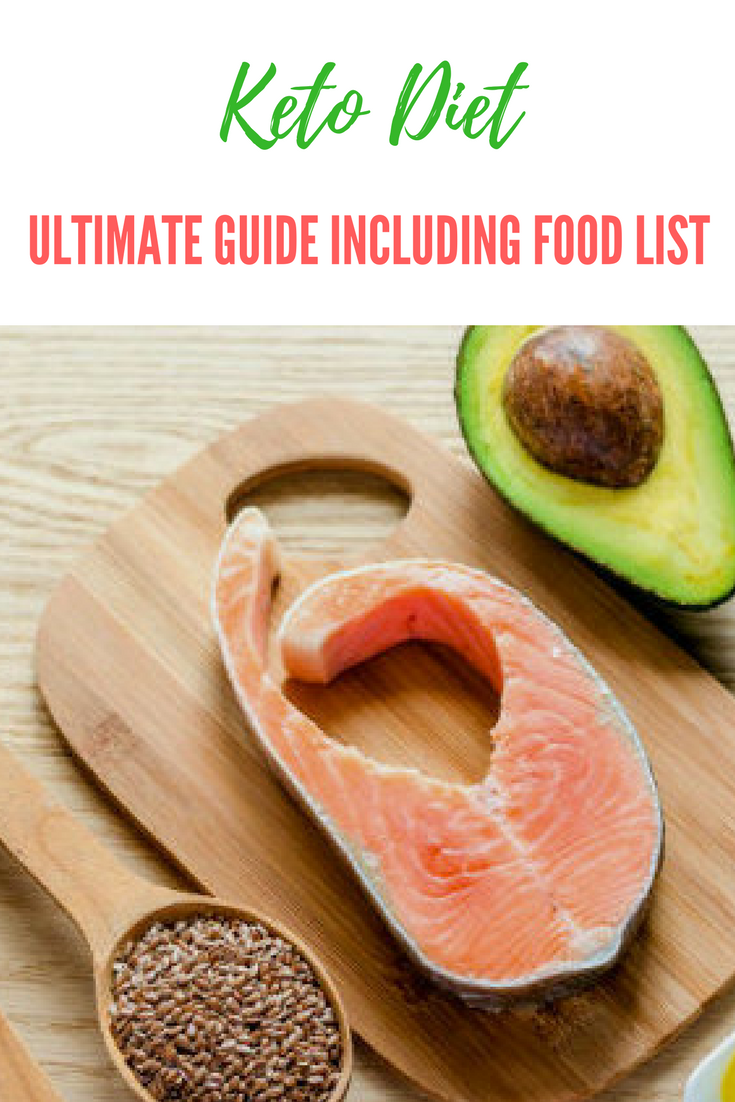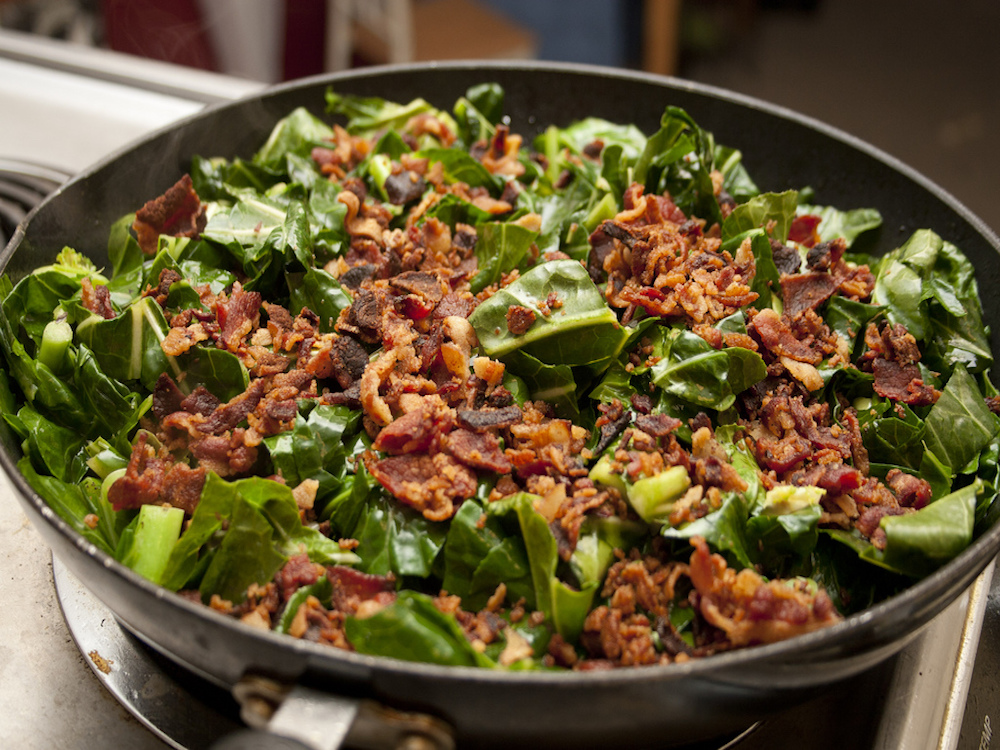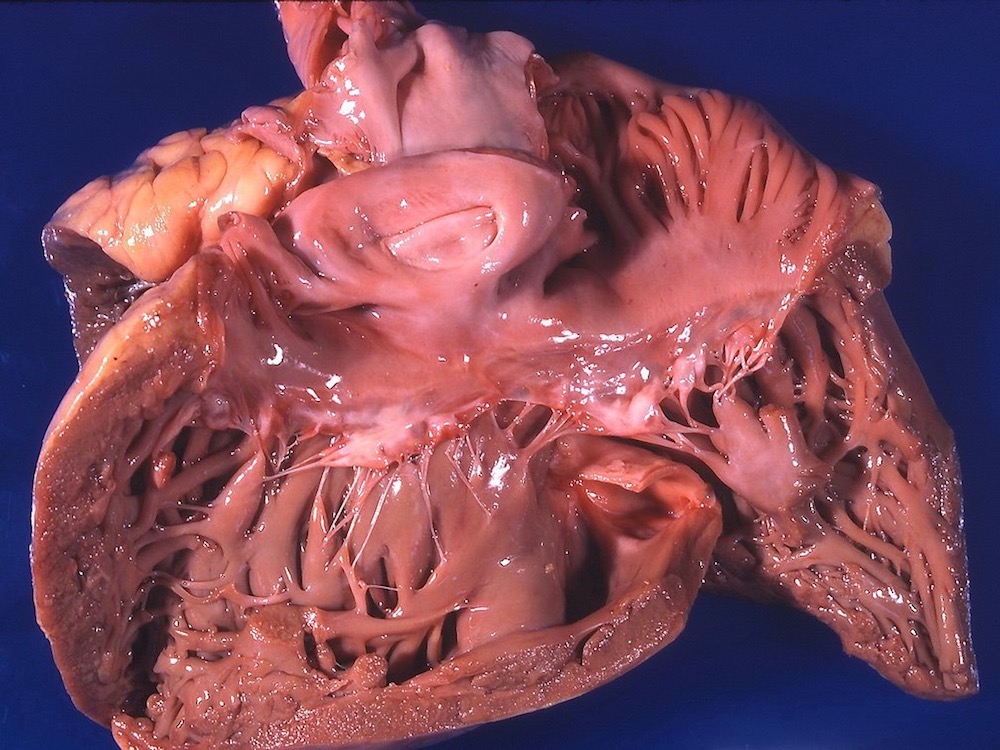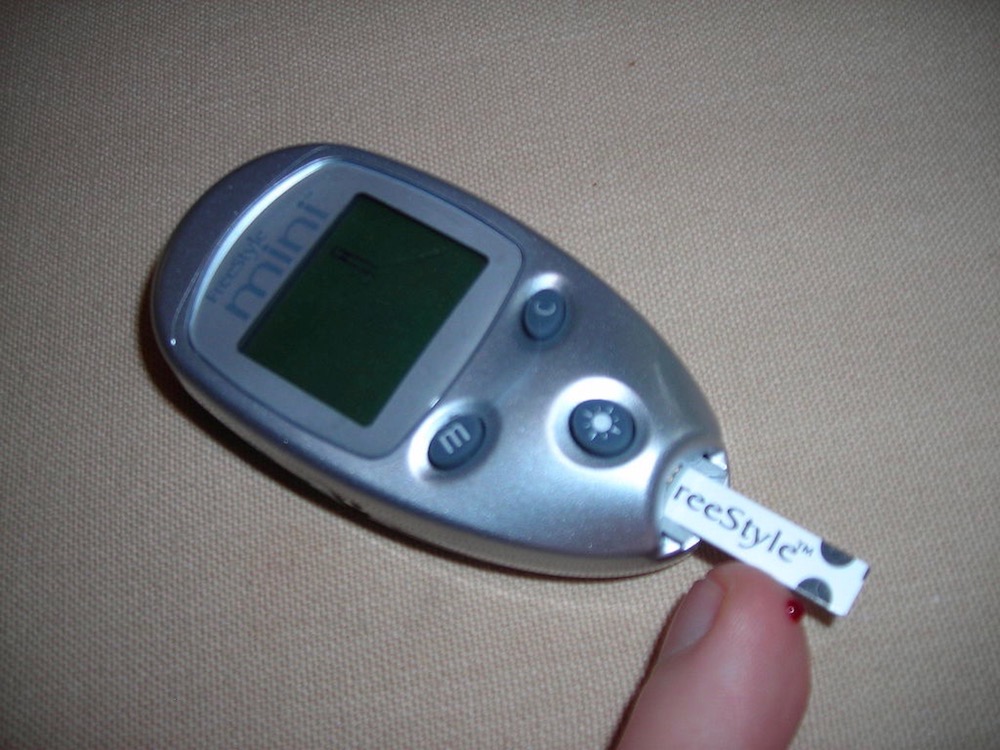
[amazon box=”B01MT98X5U,1623158087,1628602635,1939754445,1628600160,B077Y56PK8,B07B2JCKC4,0525537171,193975450X,1524762237″ template=”table”]
Discussion of the Keto Diet (ketogenic, long form) usually starts with talk of carbs, achieving ketosis, and being mindful of ketones in the body. It has taken on a preferred diet status among many in the fitness community.
Seemingly forgotten is the diet’s original purpose.
Keto’s Roots
Keto’s roots can be traced back to at least 400 B.C. In those days, a scary phenomenon had expanded to become a global problem. Sufferers of the phenomenon were set upon by violent seizures.
Medical personnel of the day suspected demonic possession or something otherworldly in nature.
The Hippocratic Corpus didn’t buy that explanation (thankfully). In a work entitled “On the Sacred Disease,” the author(s) argued the seizure-causing disease that would become known as epilepsy was not supernatural at all, but something that could be controlled through diet.
The same treatise that housed “On the Sacred Disease,” housed another section entitled “Epidemics.” In that portion, a man was said to have quickly cured his epilepsy through avoiding food and drink.
Obviously this is not a long-term approach as the body requires sustenance to continue, but the authors were on to something.
Keto and Fasting
The fasting elements were effective in knocking out epilepsy for some patients, or at least controlling the most harmful effects of the disease, or so history tells us.
It wasn’t until the 20th Century the concept was explored further by the medical community. Studies from the time referred to “the ketosis of starvation” in reference to the body ketones of acetoacetate, acetone, and beta-hydroxybutyrate.
These water-soluble compounds were generated by the liver of healthy subjects whenever they would go without food or drink entirely, or consume calories that were high in fat, adequate in protein, and low in carbohydrates.
The latter approach was important for epileptics because straight-up fasting would cure their symptoms for about as long as they could do it. Then the symptoms would return. Since no one can live very long avoiding food, the diet provided a viable alternative.

How It Got It’s Name
By 1921, it had a name: the ketogenic diet. Its “creator,” or at least the guy who named it, was the Mayo Clinic’s Russel Wilder. He had help from pediatrician Mynie Peterman, who would do the actual formulation of one gram protein per kilogram of body weight (children), between 10 and 15 grams of carbohydrates per day, and the rest of calories through fat.
So the typical 4-year-old (35 pounds) suffering from epilepsy might require around 16 grams of protein, 10-15 carbs, and the rest of their 1,200-1,400 calories through fats.
Keto and fasting continued to play a role in epilepsy treatment even today, though drug treatments have since been developed. Somewhere along the way, the fitness community realized the benefits of a diet that would force the body to burn fats instead of carbohydrates.
By “starving” the body of its go-to energy source, it would instead depend on the next available to function — fats. Fewer fats sticking around in the body meant the ability to build muscle and lose weight if managed correctly.
In the following sections, we’ll be discussing how you can do just that as well as the benefits and drawbacks of a diet that has been adopted by millions across the globe. Let’s continue!

Bacon and collard greens are just two of the foods you can have on the Keto Diet.
How to Manage Your Keto Diet
To effectively manage the Keto Diet plan, we recommend starting moderately. Calculate what your carbohydrate intake already is. For this, we recommend apps like Lose It! or MyFitnessPal.
Using the premium versions or linking your data to Apple Health (iPhone users) or similar apps on the Android-based platform will give you an easy way to track your macronutrients.
Anytime you’re entering a food with a full profile from the nutrition app — as in, you’re not just plugging in calories — it will speak to the tracker and tell how much you’re taking in of proteins, carbs, fats (including saturated fats), etc.
Your tracking app likely will be able to pull in old information from the nutrition side and give a clear picture of average intakes across daily, weekly, monthly, and yearly metrics.
Yes, you could just forgo this part and stop eating as many carbs while following the protein and fat intake guidelines. But all this is important because it helps you see where you are now, keeps you motivated along the way, and gives you a clear picture of the steps you’ll need to take to get your carbs down to a manageable level.
Once you have the targets in sight, it’s time to get psyched. You need to mentally prepare yourself for the long road ahead because there are going to be times when you want to jump headfirst into a plate of spaghetti and meatballs. Fight the urge.
Once you can get your body into a metabolic state known as ketosis, it will become easier to sustain. Ketosis happens when the liver generates the aforementioned ketones to aid in metabolism as a result of having to burn more fats than carbs.
By “starving” the body of carbs and making it switch to fats, the ketones build up and help with controlling hunger pangs.
Now a lot of people will try to sell this to you as ketosis being a “natural” process of the body. That’s true. But “natural” is not always healthy, and ketosis can become dangerous in certain conditions as pointed out here by WebMD.
A Word About Ketoacidosis
Ketoacidosis, the site notes, “is what happens when ketosis goes too far.”
By going too far, the site explains ketones build up in the bloodstream and become acidic. “Ketoacidosis can cause a coma or death. People with diabetes can get ketoacidosis, or diabetic ketoacidosis (DKA), when they don’t take enough insulin.
They can also get DKA when they’re sick or injured, or they don’t get enough fluids and become dehydrated.”
And if you think this state applies just to diabetics, you’re mistaken. Individuals suffering from alcoholism, starvation, or an overactive thyroid may experience it as well.
We’ll discuss some of the problematic symptoms and other drawbacks in a bit, but our point is this.
Too much of anything can go wrong. Moderation is key. Listening to your body is key. Not trying to do too much, too quickly … key!
Now with that said, let’s examine some of the foods you can have on the Keto Diet. Good news: most are delicious!
Keto Diet Foods That Are A Go
The Draconian approach Keto takes with carbs can be intimidating, but the good news is this: it leaves you with a lot of food options that are filling and delicious.
These include the following:
- Fish
- Beef
- Poultry
- Eggs
- Lamb
- Any other meat you can think of
- Spinach
- Kale
- Cauliflower
- Broccoli
- High fat dairy products like cheese, butter, and high-fat creams
- Avocados
- Berries
- Nuts and seeds
While it’s easy to meet daily caloric intake needs on this diet, it does prevent you from indulging on grains, many of the most popular fruits (apples, bananas, oranges), and sugars.
The sugar thing wouldn’t be so bad if we were talking about added sugars — and we are — but we’re also talking about substantive sugars like honey, agave, and maple syrup.
The modern Keto Diet only allows about 15-20 grams of net carbs per day, so allowing any sugars in can get in the way of hitting healthy fiber levels. A net carb is your total carb intake minus fiber intake.
According to the University of California-San Francisco (UCSF), ideal fiber intake is about 25-30 grams per day.
If you’re consuming 30 grams of fiber (a complete carb), you can only have about 15-20 grams additional before it negatively impacts what you’re trying to do with Keto.
A splurge day here and there won’t spoil it, but it does increase the odds of confusing your body and pushing you back into bad habits.
Now that we’ve established the theory behind the Keto Diet, where it comes from, how to manage it, and what to eat while you’re on it, let’s look at why so many have embraced it.
Why People Swear By the Keto Diet
The Keto Diet has picked up steam in recent years as a quick way to burn fat and build muscle (when paired with higher protein intake and heavier workouts). Many celebrities swear by it as well.
In fact, Women’s Health recently published a list of names like Halle Berry, Vanessa Hudgens, Megan Fox, Kourtney Kardashian, and Adriana Lima.
Hudgens in particular cited the Keto Diet as a great help in being able to quickly lose 20 pounds after her role in Gimme Shelter. Here are just a few of the other benefits Keto users enjoy.
Weight Loss
The weight loss component of the Keto Diet comes thanks to increased protein intake in conjunction with scaling back on carbs.
Eating the right kinds of meat will keep you full longer due to the added protein content, leaving you with fewer calories needed to get through the rest of your day. Protein staves off hunger urges.
Confine most of your carb intake to fiber, and it’s easy to come in under daily caloric needs, even without working out.
Add about three to four days of rigorous exercise per week, and the pounds melt away quickly.
Brain Focus, Aiding Neurological Conditions
As previously mentioned, the Keto Diet started to address a neurological condition in epilepsy. As it turns out, it may have positive effects with a number of other neurological conditions as well.
While it’s no cure-all, researchers have observed that patients suffering from diseases like Parkinson’s, Alzheimers, and dementia have experienced improvements in their conditions as a result of the stabilized neurons, blood sugar, and enhancement of brain mitochondria and mitochondrial enzymes.
Prolonging Survival with Metastatic Cancers
While the study didn’t test humans, a 2014 experiment involving the Keto Diet implementation in mice found that tumors became unstable and increased the lifespan of mice afflicted with cancers that had metastasized by as much as 69 percent.
More work needs to be done to make the translation to humans, but it’s easy to see why patients given low odds of a five-year survival rate would be interested in the Keto Diet.
More time to live means more time to fight, and more fight moves all of us closer to a cure while providing more time with loved ones.

The Keto Diet has helped many combat the signs of heart disease.
Prevention of Heart Disease
You’re probably tired of hearing how heart disease is one of the biggest killers of men and women in the United States. You’ve heard it until you’re blue in the face, if you’re like us.
So what better way to stop talking about it than to get rid of it altogether?
The Keto Diet, again, isn’t a cure-all for heart disease — after all, it can develop due to a variety of factors — but it has been linked to rolling back all the primary indicators for people likely to develop heart disease.
Studies have shown it produces better cholesterol readings, lower blood pressure, and lower triglycerides.
Easing Inflammation
Inflammation is the root cause of a bushelful of uncomfortable conditions and syndromes.
Some of the not-so-greatest hits are as follows:
- Irritable bowel syndrome
- Eczema
- Arthritis
- Psoriasis
- Acne
- Other aches and pains throughout the body
Beta-hydroxybutyrate is one of the ketones produced by the liver when the body goes into carb freakout mode. BHB also happens to suppress anti-inflammatory effects.
Boosting Energy
Not gonna lie, the Keto Diet can be pretty rough in the first two or three days. But if you stay at it through day four, then you may experience a benefit common to many — increased energy levels.
The reason for the change: as you deprive your body of carbs, you’re jacking around with insulin levels for a few days. That can lead to feelings of sluggishness.
But while it does take time, your body gets used to the shift, and it starts to burn through fats and produce ketones, which, as we’ve already established, help you cope and adjust.
For the science people among us, here’s a lab-tested detail of how it all works. The important thing: it does, if you let it.
Improving Sleep Quality
Sleep quality improvements are admittedly anecdotal. Sleep is a mystery unto itself, and we may never unlock all of its secrets. Nevertheless, the Keto Diet gets a lot of credit among enthusiasts for improving the quality of sleep, and studies do show promise.
Most chalk it up to a slowing of REM sleep and a boost in slow-wave sleep patterns.
Enhancing Kidney Function
Higher-than-normal levels of uric acid can lead to some painful conditions, such as kidney stones and gout. The Keto Diet helps regulate uric acid over time, despite increasing it in the short term.
As one researcher notes, “Based on these data and my clinical observations in thousands of patients, uric acid returns to or below pre-diet baseline within 6–12 weeks despite the person remaining [in] a state of nutritional ketosis.
Dehydration plays a significant role in any adverse effects, so stay hydrated with water when participating.
Aiding Digestion
Getting Keto Diet to help with your digestion still relies heavily on fiber intake. You cannot have good digestive health without fiber, so when you do take in carbs, don’t waste them.
Eat as much as you have to to hit that 25-30-gram range, and remember that each person’s body and stage of life is different.
If you go 25 grams per day, you may experience loose stools; if you go 40 grams, there may be bloating, constipation, or diarrhea. Bringing your average back down just 5 grams of fiber per day can make a world of difference, so play with the numbers until you feel your digestive system “smooth out” and remain consistent.
Boosting Fertility in Women
Women interested in having children often gravitate to the Keto Diet for the belief it can increase the chances of getting pregnant. A study has been conducted showing the potential for it, but it’s nothing you can take to the bank at this point.
It’s also worth noting the Fertility Diet and Keto Diet are similar (but different, in the FD’s encouragement of whole grains). Still, the Fertility encourages consumption of good fats and plant proteins, which also work well if you’re wanting to go Keto while cutting out animal protein.
Stabilizing Hormones in Women
Men and women cannot escape the effects of hormonal changes. But while male hormones dip in a more subtle fashion, women experience volatile changes that can affect every aspect of their lives from food and energy to sexuality. And the changes can occur rapidly and be harder to deal with.
The Keto Diet helps stabilize and regulate blood sugar and insulin, which can have a net positive effect in balancing out hormonal shifts, particularly for women going through menopause.
Stabilizing Vision
Low blood sugar levels, according to the National Eye Institute, can help prevent the development of cataracts in patients with diabetes and stabilize eyesight.
Naturally, the Keto Diet’s proven track record of being able to bring down blood sugar through the elimination of net carbs may prevent cataract development and eliminate the need for costly surgeries.
Increasing Muscle Ability and Endurance
The Keto Diet gives you the capability to burn through fat while shifting energy to muscle growth and endurance, provided you’re getting adequate-to-advanced amounts of protein in the process.
Proteins help build muscle through their amino acid content, and whether you go with the “complete” proteins provided in animal fats or choose to supplement through a variety of vegan-based proteins, you’ll be able to see quicker results in your workouts.
Preserving Muscles
A big fear for men as we get older is that we’ll lose our strength. While some of that is unavoidable — after all, bone density does decrease with age — there are some things you can do to stave off the effects and also ensure your later years are quality years.
The Keto Diet can help because it feeds muscles through protein while forcing your body to burn through fats instead of store them. Eating foods on Keto that are high in calcium, vitamins, and potassium can help build and preserve bone density, which further supports muscle groups.
Reversing Obesity, Diabetes, Metabolism Deficiencies
Individuals who are overweight — either through the influence of diabetes, metabolism deficiencies, or simple overeating — can reverse the effects of weight gain that go beyond adding a few inches to their waistlines.
Going Keto allows you to consume enough food to feel satiated while undercutting calories and producing more energy to help in your workouts (or to make you feel like working out to begine with, if you’ve spent a lot of time on the couch over the years).
Some diabetics even see their symptoms vanish entirely after spending enough time with the Keto Diet.

Hypoglycemia is an oft-cited drawback of the Keto Diet.
The Drawbacks of Keto
Like any diet plan, Keto isn’t perfect. In an ideal world, your body would be able to strike the right balances between proteins, fats, and fibers.
Some of the known side effects are as follows:
- Keto flu, or flu-like symptoms brought on by the diet
- Dizziness or drowsiness
- Sugar urges
- Sleep issues
- Reduced physical performance
- Irregular heartbeat
- Bad breath
- Digestive issues (constipation and diarrhea)
- Hypoglycemia
Also, ketosis itself can lead to the dreaded ketoacidosis mentioned at the top of this piece. Of course, many of these side effects could be due to user error.
Make sure you drink plenty of water while doing Keto — we recommend a 100-ounce minimum (yes, minimum) per day. We also can’t emphasize enough the importance of learning and hitting your fiber targets.
In Closing
The Keto Diet will not be for everyone, and it may not even be the best permanent solution to what you’re going through. But it can be a good tool for getting the weight off quickly, establishing healthier diet patterns, and boosting energy levels for better physical performance and just getting more out of life.
Have you tried Keto? What are your impressions? Sound off in the comments section below.
[amazon box=”B01MT98X5U,1623158087,1628602635,1939754445,1628600160,B077Y56PK8,B07B2JCKC4,0525537171,193975450X,1524762237″ template=”table”]
Leave a Reply